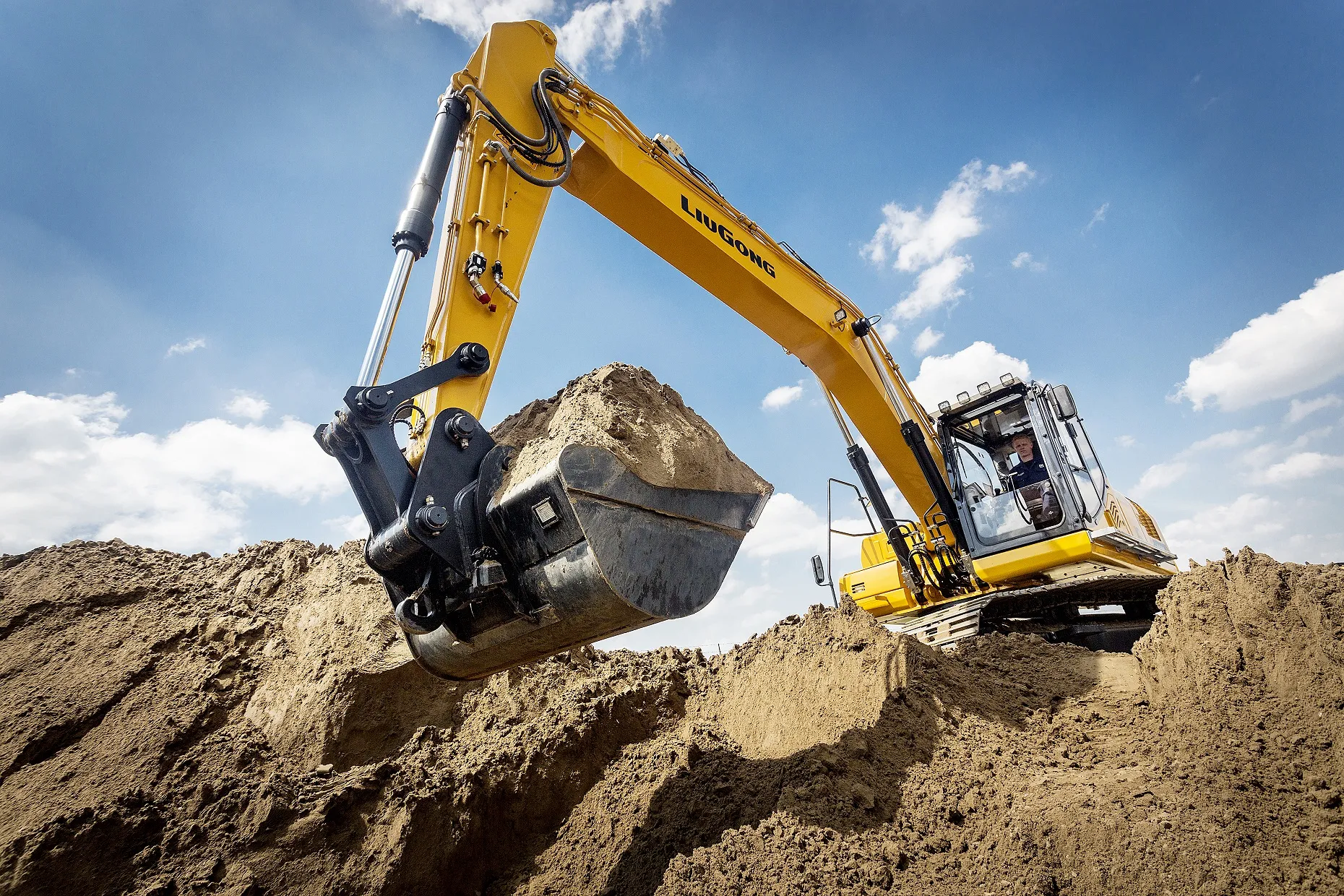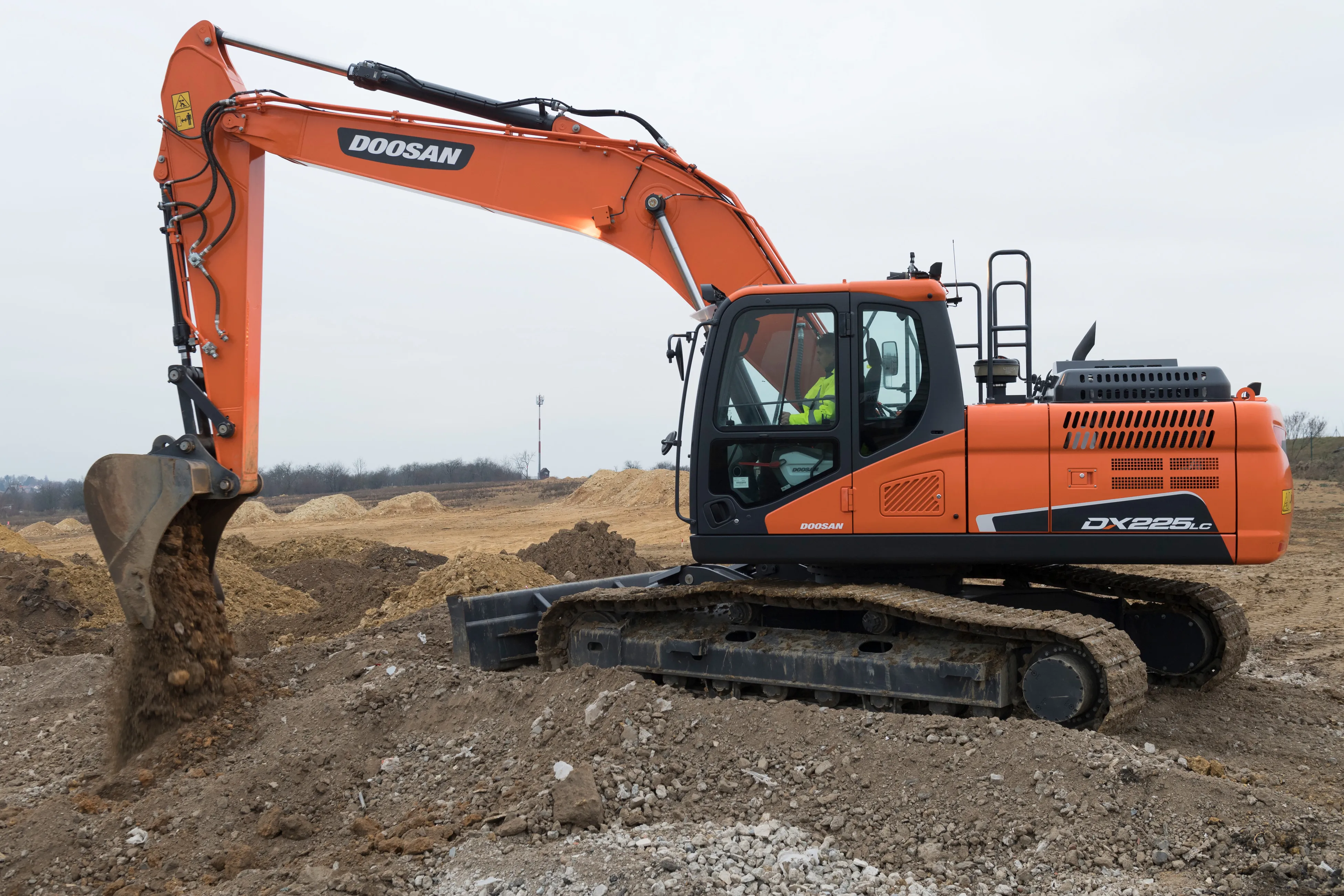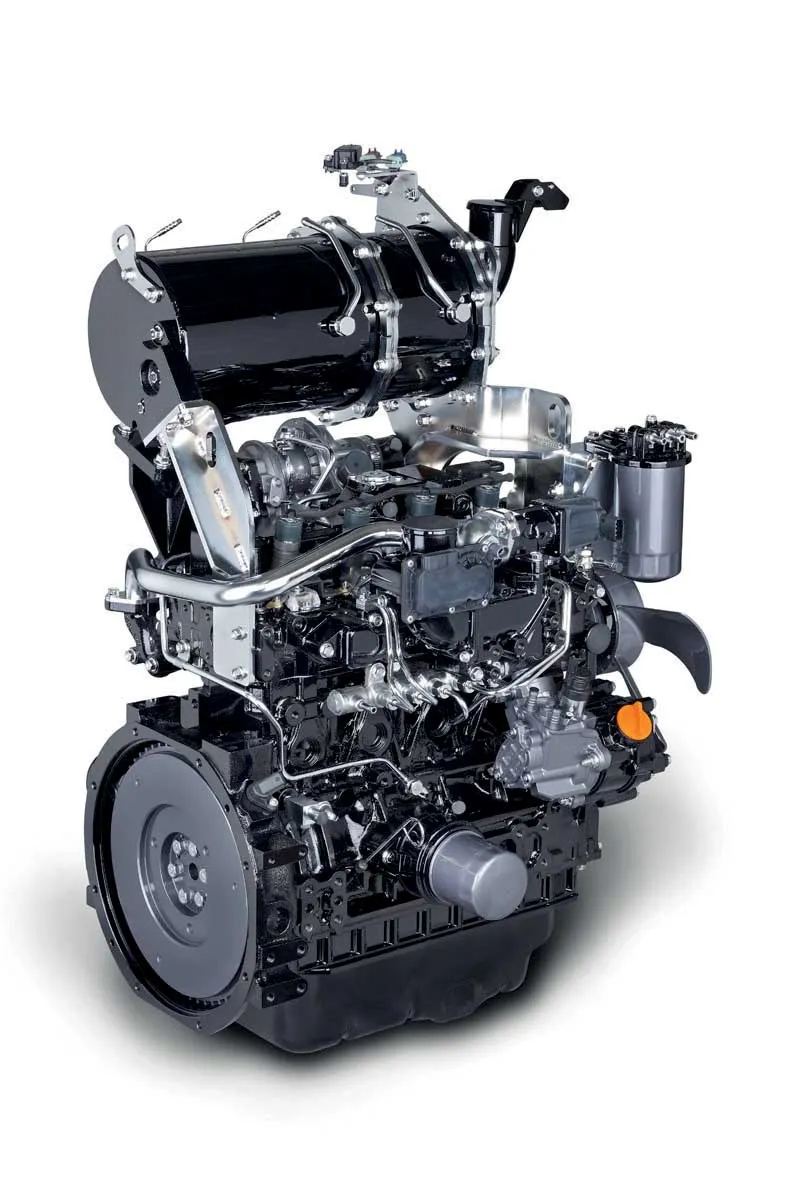LiuGong is introducing new Tier 4 Final/Stage IV compliant versions of its 925E and 933E excavators during 2016. These are being built in its factory in Poland and benefit from patented turbocharging technology developed by Cummins, optimising power and minimising fuel consumption. This system is said to vary varies airflow to match engine and load demand. The low speed, high output torque engines are specially designed for the E-series excavators, while the machines also feature innovative negative flow hy
January 6, 2017
Read time: 1 min

The E-series machines are said to offer precise control and have six selectable working modes: power; economy; fine working; lifting; breaking; attachment. These further optimise performance and fuel consumption.









